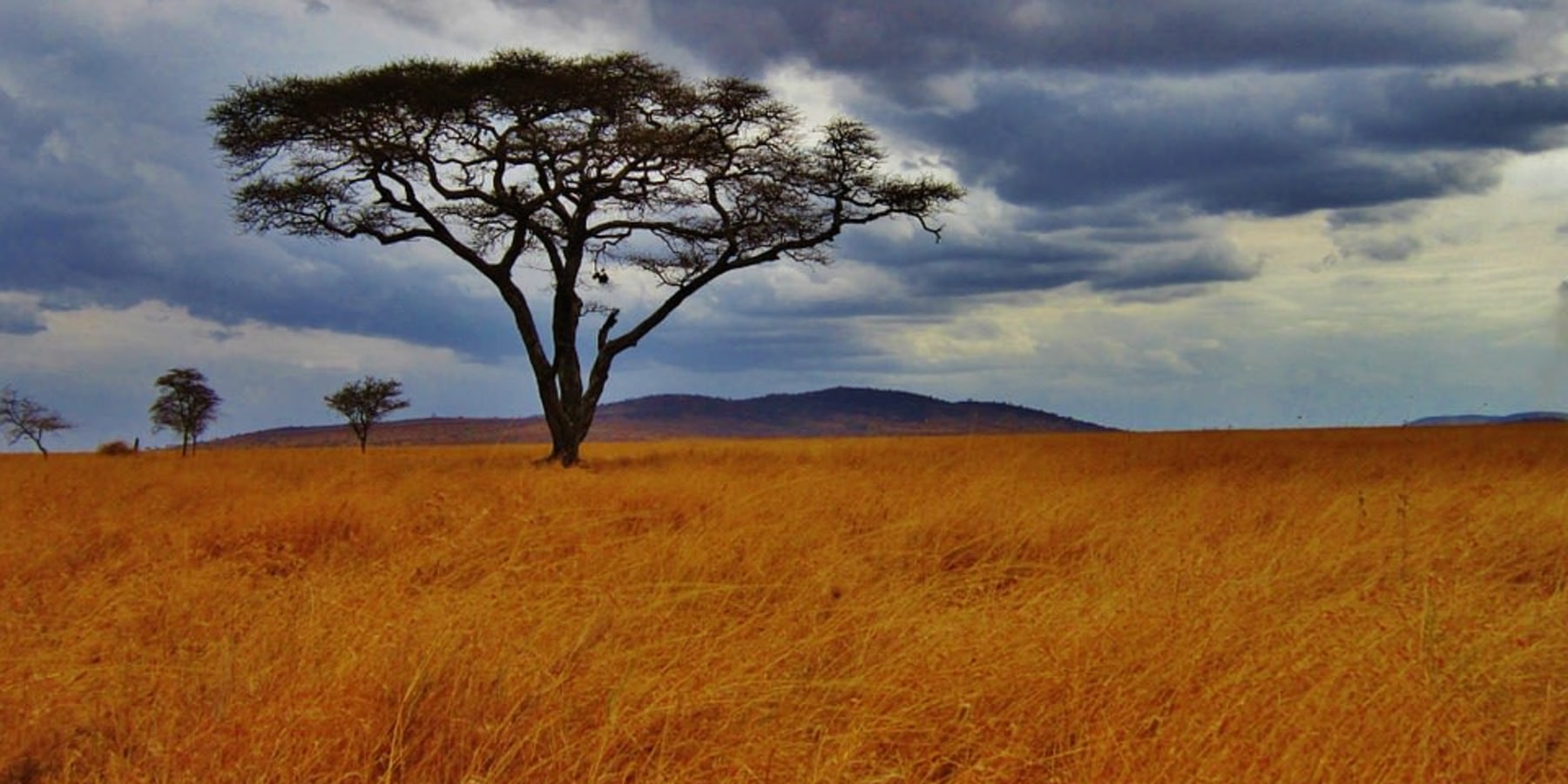
Season 2021 has begun. With the Change in Global Warming and Climate Change, we have experienced the Longest Rainy Season in Decades. Normally the Globe is Divided into Two Hemispheres. We Have the Northern Hemisphere and the Southern Hemisphere divided by the Equator in the middle of the Magnetic Sphere. The first rainy season in East Africa in April/May, whereby we Experience the North Eastern Moonsoon rains this is when the Sun is overhead the Northern Hemisphere, and the Second rainy season is October/November this is the South Eastern Moonsoon, this appears when the Sun is overhead the Southern Hemisphere. Water and Foraging grounds are essential for Wildlife, Birdlife and Farming in the Region.
Experiencing the Long Rains needs strategic Holiday Planning as the concentration of Animals, and Birdlife Depends significantly on the Climatic Factors. This Year we have experienced Early Migration in the Serengeti/Mara Ecosystem. In This area Normally, Four main Animal Species Migrate annually depending on the Availability of sweet Water and Foraging Grounds. Currently, the Migration is Centered in the Southern part of Serengeti and Olduvai plains. The Calfing season is on with lots of calf Droppings in the open Plains. The Herds might stay in these Plains and the Hidden Valley and Ndutu Lake, and Masek Lake for the next two months or more. Depending on the Forage and sweet water availability in the Marsh Areas.
Big cats are Highly concentrated in these areas.
In the Serengeti /Mara Ecosystem, the four species of animal that Migrate in large Herds are Wildebeest approximately 1.5 million, Zebras about 700,000, Eland Antilope approximately 200,000 and Gazelles approximately 500,000. Most of these are Grazing Animals which have high water Requirement. This Ecosystem has all Animals, including the Big Five. The Big Five Are Elephant, Black Rhino, Leopard, Lion and Buffalo. These are highly aggressive animals, and the Trophies from these Animals are Expensive.
Currently, there are lions in all parts of the Serengeti/Mara Ecosystem. This is a part whereby one can visit all Year-round. Best months for Calfing being Dec/January, and February. And the Months of July/August for the Mara River Crossing to Kenya. And late September to October River Crossing Coming back to Tanzania. Leopards are found in Most parts of Serengeti, But The Favourable site being the Seronera valley. Black Rhinos can be sighted in the Northern Serengeti Kogatende and the Southern Serengeti in areas of Moru.
The Rivers of Serengeti are Seasonal Rivers; most Rivers in the Serengeti Are Seasonal; we have the Grumeti River, Mbalageti River, Bologonja river, which are Seasonal depending on the Rain season. But One River The Mara River is a permanent river with water all year. Forcing the Animals to Migrate to this River, Especially with large Concentration in the dry season June/July.
With the Long rainy season, we have Animals in all Parks at the Moment.
Tanzania had 16 National parks previously, but Currently, we have 22 National Parks; the New Parks are Nyerere National park with approximately 30,893 sq km, Burigi National Park 4,260sq km, Kigosi National park with an area of approximately 7,460 sq km. Ugalla National park, with an area of approximately 3,865 sq km, and two other small parks of Ibanda and Rumanyika.
Nyerere National Park will be the Largest National Park in Africa. The Largest Elephant population in Tanzania. We welcome you all to Explore with us these Parks. With Very rich and abundance of Wildlife, Birdlife and Much More to see. These Parks have almost all Animals to see and are very Rich In Birdlife, with more than 500 different Species to see.
Mount Kilimanjaro, the Roof Top Of Africa 5895mt above Sea level, is a never-miss for any Traveller. Having Two to Three nights in Moshi adds the advantage to see The Mountain. Climbing takes Seven to Six Days, and there are currently Six Climbing Routes, Marangu Route called the Coca-cola Route with not steep, And Machame and Lemosho Routes called the Whisky route with their steep grad.
Lake Victoria is another attraction with an area of 68,800sq km; It is the Largest Sweet Water Lake in Africa < and the Second largest sweet water lake in the World . From Islands in the Lake To the smallest park found on the Island in the lake, there are many attractions. Tanzania has 51% of the Lake, Uganda has 43% of the Lake and Kenya has 6% of the Lake. This Lake formerly had many names confusing Explorers. Till the Time of Queen Victoria when it was considered one Lake, Being given the Queen's name to Its Honour. In Tanzania, it was known as Nyanza Lake.
Lake Tanganyika, a lake found in the great rift valley; it Is the Longest Lake covering the Length of 1,000kms and is considered the deepest Lake. In The Lake Shore, one can find Gombe national Park, The Home for the free-ranging Chimpanzees. There are lots of activities that one can Do In lake Tanganyika. Including the Mv Liemba cruise of an old German Steamliner.
Zanzibar Island is a Never miss Experience for any Traveller; this Island has rich history and Beaches. This was Formerly an Old Slave Trading town, with rich old Architectural building with a long history. One can visit this place any time of the Year for His or Her Holiday.
We Welcome you To Tanzania, The land of Kilimanjaro and the Zanzibar Islands. You will Experience a Life Time Experience: Nature, Wildlife Culture, Traditions and much more.

